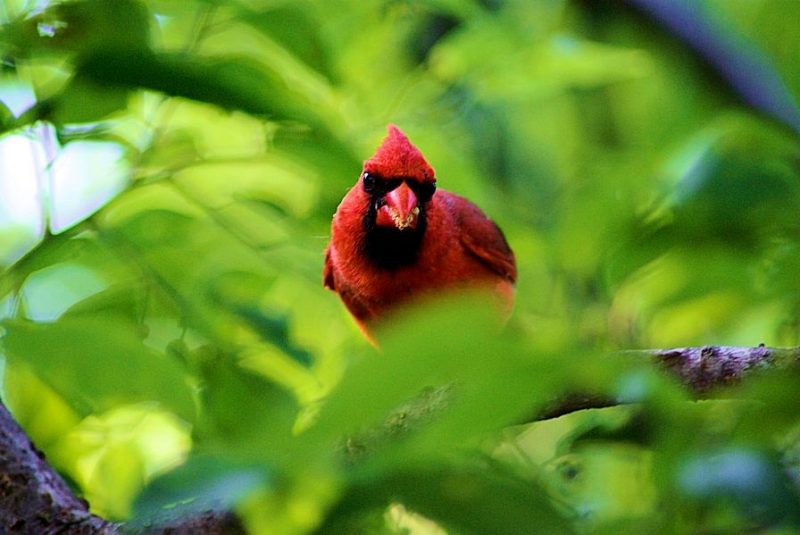Walkabout practice: With a focus on hearing rather than seeing. How does this different sensory focus affect your sense of the space that you inhabit?
For this walkabout I chose to observe ‘listening’ – using music. I’ve observed the listening process numerous times, often alternating between feelings of enjoyment, and curiosity about what appears in mental space as I listen, and also what I as an active controller might initiate in the process.
I noticed the urge to name musical instruments, the name of the song, and other determining facets of the music, and I recognized how that process narrowed the experience of the music, and made those musical facets objects. And as objects I became aware of me observing them as separate in my mind. I thought of our teacher’s instruction:
“When we assign a source to a sound, we automatically also assign it a location in space, and thus put it at a distance… distance, location, and separation all seem closely connected with our sense of sight.â€
And I realized characteristics of sight, as in a visual field, took a more dominant mode in the experience. As soon as I noticed this sight-dominance it dissolved, as the naming process stopped, and distance dispersed. At the same time space opened and I experience a very full, warm, at-home feeling not only encompassing the music, but also what was visually happening outside my window in the trees…a bright red cardinal hopping from branch to branch among lush evergreens…the music gathering a pleasant momentum, and an awareness of all that was presenting, visual color, musical color, emotional eudemonia… The moment was expansive. Space was NOT nothing, it was a nourishing, healing, and calming…a clearing, expansive, allowing vitality…


REVEALING SPACE…
“Space is not only above and beyond us; space is also within us and surrounds us. Objects are never really ‘frozen solid’. There is space, room for activity, both inside and around all objects, and so they move, even in existing. Where do they come from, where are they, and where do they go? It seems the answer again is ‘space’… while a narrow focal setting [or perspective] may show objects, a change in setting will reveal space. Moreover, the objects of the initial situation ‘need space’ to exist. And the ‘seeing of the objects and the space’ also occurs in a kind of space. Space is everywhere, and quite important in itself, even if some aspects of it cannot be defined in isolation from objects and events.
It is at least fair to say that space on any given level is worthy of consideration, just as ‘things’ are, and that the space aspect is more vast. It encompasses everything we know, and also leads us beyond, beckoning ever beyond. But rather than attending to this infinite and transcendent character of space, intellectual energy busies itself with trying to keep up with the infinite wealth of information to be had about objects. Meanwhile space, unlike objects, remains infinite in a way that is untrackable and ungraspable.
At any level of analysis, we can find objects that entice, interest, and preoccupy us; but we also find immeasurably more space. And BY CONTEMPLATING THIS SPACE WE MAY BE ABLE TO OPEN UP AND EXPERIENCE a level of relaxation and satisfaction which we are usually unable to touch through our preoccupation with ‘things’. However, if we try to ‘track’ this space by itself to any great degree, we may fall into confusion or experience a kind of ‘blackout’…â€
….â€Time, Space, Knowledge’, by Tarthang Tulku, p.6-7
This is wonderful, David. Thanks for posting.
I wanted to link this post with Eliana’s, because in both our posts the focal setting widened to allow more of the field… as time, space and knowing-experience expanded…
https://cciforum.dreamhosters.com/?p=7602